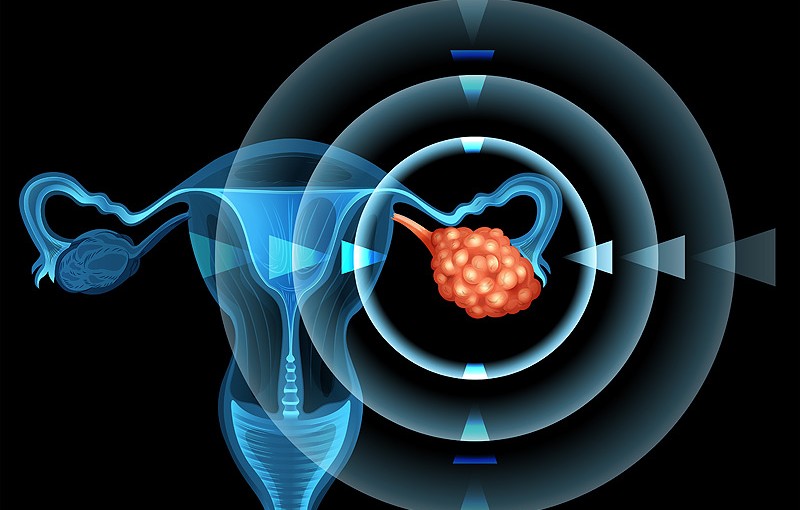One in four women with ovarian cancer develop blood clots, and over 10% develop clots during neoadjuvant chemotherapy given before surgery, according to a study published online May 5 in Obstetrics & Gynecology.
Past efforts at preventing blood clots in patients with cancer have focused on the period after surgery. But the new study suggests that women with ovarian cancer are at high risk for blood clots during all phases of treatment and highlights clot risk during neoadjuvant chemotherapy.
The study is the first to put a number on the risk for blood clots specifically in ovarian cancer, although physicians who care for such patients have long recognized the problem, the authors write. The study grew out of clinical observations that patients receiving neoadjuvant chemotherapy for ovarian cancer often develop blood clots.
Ambulatory patients receiving neoadjuvant chemotherapy do not routinely receive anticoagulation in current clinical practice. That may need to change, suggests the study authors.
“[I]n ovarian cancer patients, where the incidence is in double digits, I think intervention is warranted,” lead author, Shitanshu Uppal, MBBS, University of Michigan, Ann Arbor, said in an online interview with Obstetrics & Gynecologyeditors.
Jamie Bakkum-Gamez, MD, and Sean Dowdy, MD, Mayo Clinic, Rochester, Minnesota, authors of a linked editorial, seemed to agree.
The findings are “startling” and point to a potential “crisis in undertreatment” in ovarian cancer care, Dr Bakkum-Gamez told Medscape Medical News.
In their editorial, Dr Bakkum-Gamez and Dr Dowdy highlighted the serious and life-threatening nature of blood clots in ovarian cancer. Three percent of women with ovarian cancer have a clot at initial diagnosis. And, without prophylaxis, almost 17% who undergo primary surgery develop a clot within 30 days of surgery. Blood clots can also interfere with cancer care and drive up healthcare costs.
While intervention may be warranted, that may not happen without additional research to support guideline development.
“It’s tough to say what approach I would suggest physicians take in their patients on neoadjuvant chemotherapy. When we don’t have consensus expert guidelines to support an intervention, oftentimes it’s difficult for a third party payor to be willing to cover it even if we feel it’s the right thing to do,” she said.
Women with operable tumors often receive surgery first, followed by chemotherapy, during which time they usually receive blood clot prophylaxis. Current National Comprehensive Cancer Network guidelines for blood clot prophylaxis reflect this approach.
However, a patient who is not a good candidate for surgery — because of comorbidities or advanced disease — often receives neoadjuvant chemotherapy first. No national guidelines exist for blood clot prophylaxis in such patients.
One problem is that good-quality evidence has yet to accumulate showing benefit for prophylaxis in patients like these, Dr Uppal explained.
At the University of Michigan, his team has begun a quality improvement project in which patients receiving neoadjuvant chemotherapy are given prophylactic enoxaparin (Lovenox, Sanofi). Results over the next couple of years should indicate whether the intervention makes a difference.
Dr Uppal also hopes for a randomized trial using newer oral anticoagulants, like rivaroxaban (Xarelto, Janssen), which may improve patient adherence.
Also, at the Mayo Clinic centers, a large multi-institutional phase 3 randomized controlled trial is evaluating prophylactic rivaroxaban vs placebo in patients receiving solid-tumor chemotherapy. However, because the trial includes patients with tumors that pose a lower risk for blood clots, Dr Bakkum-Gamez predicts results will dilute clot risk in ovarian cancer. A trial looking only at ovarian cancer may be necessary to fully estimate this risk.
To read this entire article in The Clearity Portal, please click here.


